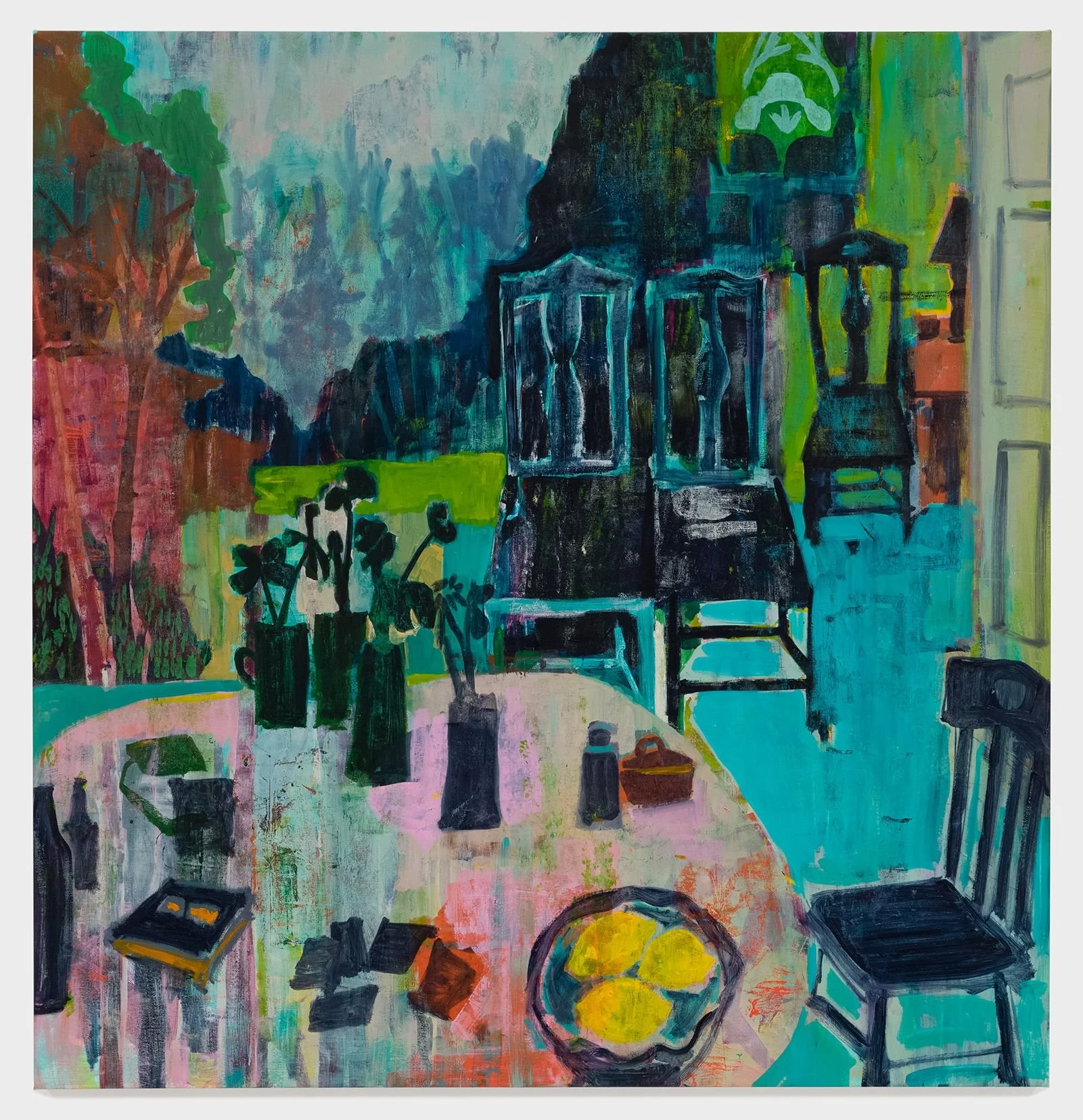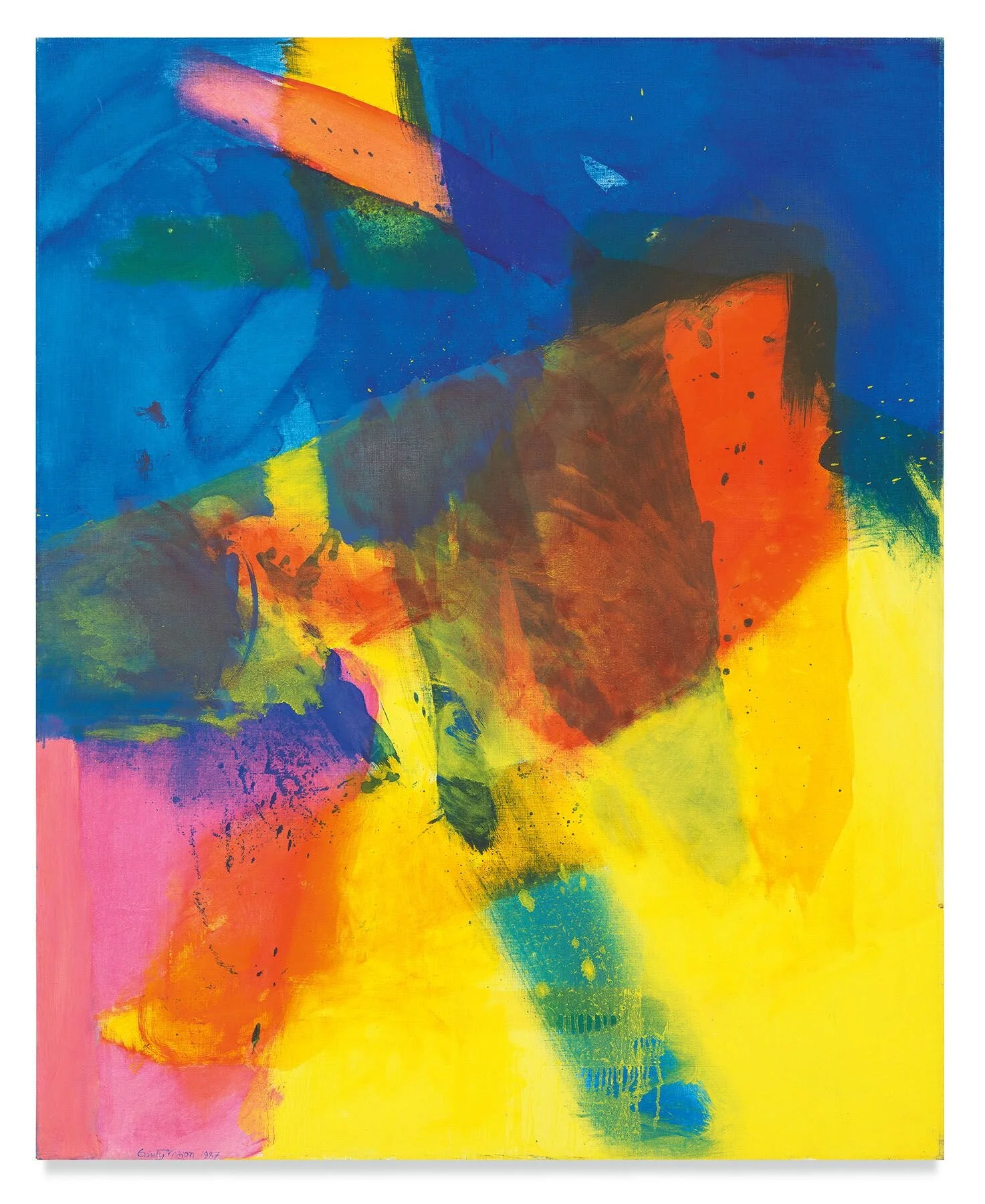John Chamberlain
“Stance, Rhythm, and Tilt”
New York, West 21st Street
Curated by art historian Susan Davidson, organizer of the artist’s 2012 retrospective at the Solomon R. Guggenheim Museum, New York, the exhibition takes its title from a conversation between Chamberlain and poet Robert Creeley, and gathers work made over a sixty-year period.
Chamberlain developed his distinctive aesthetic and techniques early in his career, citing the time he spent on an aircraft carrier as a member of the US Navy in the mid-1940s as influential on his understanding of scale and perspective. By compressing metal to generate complex folds and textures, then welding disparate elements together, he arrived at an innovative variant on three-dimensional collage that emphasizes volume and mass regardless of overall proportion. Chamberlain’s profound respect for the inherent properties of his materials is evident in the heterogeneity of his forms and the directness of his process, with the range of works on view also demonstrating the recurrence of certain physical gestures.
Installation view Artwork © 2021 Fairweather & Fairweather LTD/Artists Rights Society (ARS), New York. Photo: Rob McKeever
Stance, Rhythm, and Tilt samples from every decade of Chamberlain’s lengthy creative life. The earliest inclusion, a small abstract construction of steel segments titled Projectile D. S. N. Y. (1957), presages his much larger and more colorful works of subsequent years. Works made throughout the decades revisit motifs and hues; Diamond Lee (1969) and Leaning Tower of Youth (1985) both feature salvaged white-painted and chrome-plated automobile steel, while Colonel Splendid (1964) and Sugar Tit (1964) employ colored metal in reflective and matte finishes. Wall-hanging sculptures such as White Thumb Four (1978) present varied, sometimes seemingly precarious, but always carefully arranged intersections of quasi-organic forms. Juxtaposing reflective surfaces with flaking paint and hard edges with exuberant curves, Chamberlain displays a fusion of technical mastery and formal verve that resonates with the exhibition title’s allusion to posture and motion.
“There’s all these different variations . . . coming out looking like the sculptures that are what you might call the signature mark. The stance, and the rhythm, and the tilt are all in there. . . . But I went at the materials the way the materials evidently told me to. You squeeze one and you wad another, and you melt another . . . so these peculiarities were starting to pay off for me.”
The aforementioned works—as well as more recent examples such as Dearie Oso Enseau (1992) and TAMBOURINEFRAPPE (2010)—evince the pervasive influence of Abstract Expressionism, Pop art, and Minimalism on Chamberlain’s thought and method; they also nod to the luxuriant drapery characteristic of High Baroque sculpture. A mercurial approach to color is evident, too: Dearie Oso Enseau features a multihued section surrounded by black and white, while TAMBOURINEFRAPPE is wrapped in red with a crest of multicolored chrome-plated steel. Finally, the works’ obliquely evocative titles reflect Chamberlain’s interest in poetic language, which was sparked by the year he spent studying with poet Charles Olson at the Black Mountain College, North Carolina, from 1955 to 1956.
The Aaron Diehl Trio will perform in the gallery during the opening of the exhibition on Tuesday, September 28, from 4 to 7pm. Diehl will play a Steinway D; Aaron Kimmel, the drums; and David Wong, the standing bass. Chamberlain was a jazz enthusiast and took up the saxophone himself at the age of seventy-four.







